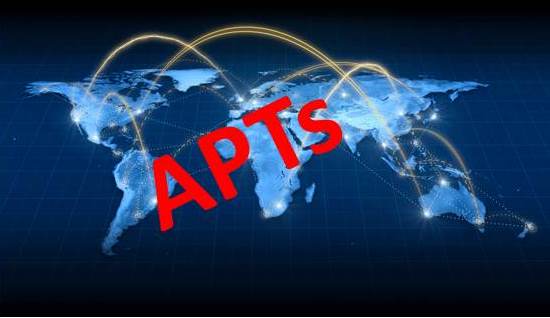If you follow IT news at all, you know that enterprises that hold data are under attack. And the new attack, en vogue, is what’s classified by experts as APT: Advanced Persistent Threat. APT attacks distinguish themselves by being persistent attacks orchestrated by an organized (usually well funded) institution either government or criminal with a specific target and purpose for the attack.

APTs distinguish themselves from past “script kiddies” and accidental hackers who execute “crimes of opportunity” – e.g. they find a site that they can do an SQL injection and see what data they can download. This is NOT the case with APTs. APTs follow the opposite workflow – they select a target – and then use any and all mechanism to obtain access, the data they desire.
But why do you care?
Your systems are a target rich environment for APT attacks. What’s the reward? PHI – (personal health information) and PII (Personal Identification Information). PHI/PII, for hackers is the gift that keeps on giving! With someone identity’s information, they can create multiple accounts financial and other – for the purposes of fraud. (This was seen in the latest attacks on retailers like Target, HomeDepot and eBay.)
Enterprises have the same type of information, and more. User identities, associated e-mail addresses, phone #s, street addresses and often insurance, credit and other key PII information like employers and spouse information are held by the health care providers. (And the attackers know this.)
For these reasons, corporate entities – HealthCare, Financial, Retail and government have all become a target for APT attacks.
What Steps are Need to defend against APT?
According to Bruce Schneier, considered by many America’s lead cryptographer, the future of hacking is APT and we will only see more of these attacks. His break down of how to defend against an APT is very enlightening.
Mr. Schneier says to defend against APT, we should follow the principals of OODA:
- Observe what is going on in our environment.
- Know what this means in the context of your environment.
- Figure out what your course of behavior should be.
- Decide course of action
This is a very rational, learned approach to the threats from an organized, and well-funded attacker – who has targeted your entperpise for the purpose of stealing your data. But do you have the resources to execute on OODA against these threats?
dinCloud Gives Enterprises a Level Playing Field against APT attackers
The equipment, manpower, training and know-how to execute on Bruce Schneier’s OODA plan against APTs is beyond the grasp of most enterprises – especially health care enterprises.
This is why health care is turning to the dinCloud.
dinCloud specializes in secure environment for storage, desktop and servers – the practice of OODA, is conducted every day.
DinCloud offers its existing customer the level of security that Bruce Schneier is asking enterprise to implement itself. To break down his OODA criteria, dinCloud executes:
- dinCLoud Observes – dinCloud scans all packets to customer’s VPCs with a dedicated firewall, router and IP reputation service
- dinCloud Orients – dinCloud configures the enterprise for inspection of traffic that relates to the business and services provided to the customer
- dinCloud Decides – dinCloud offers security assessment tools on both internal and external traffic and security monitors on the hosted servers and desktops to help the enterprise decide on our course of action.
- dincloud Acts – dinCloud’s dedicated firewalls and detection tools can be configured to automatically or on-demand block specific traffic or types of traffic.
The multiple dinCloud security mechanisms, including MANDATORY 2-Factor for administration, dedicated virtual firewalls, dedicated 2-factor protected VPNs, IP reputation tools, internal IPS, hack-proof DNS servers, secure BGP routing and malware/AV software on desktop and storage servers – are beyond the operational knowledge of most enterprises. But it is these tools that are imperative for enterprises to deploy – and in a dinCloud environment – it’s done for you.
In summary, protecting against the new APT attacks is probably above the reach of most organizations – and thus enterprises are turning to dinCloud.
Contact us – and we’ll give you demo! All the best! Cloud on!


